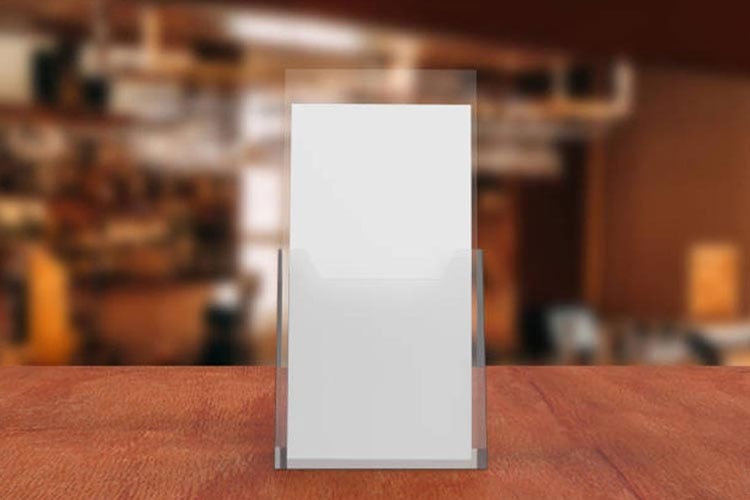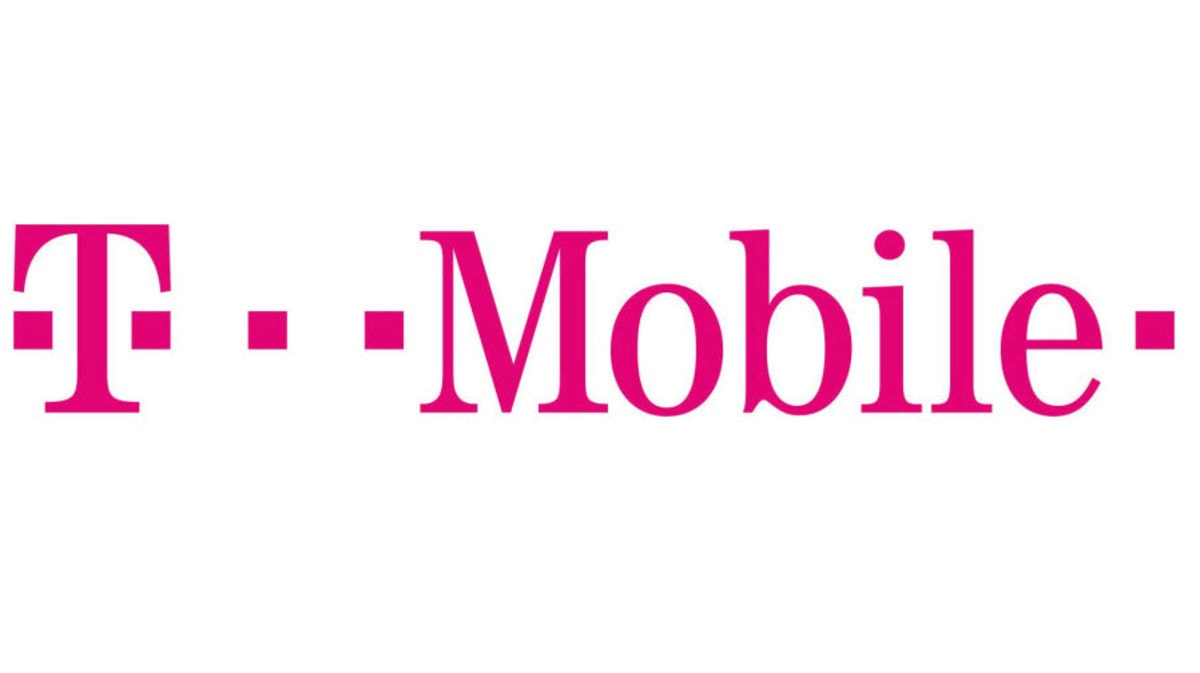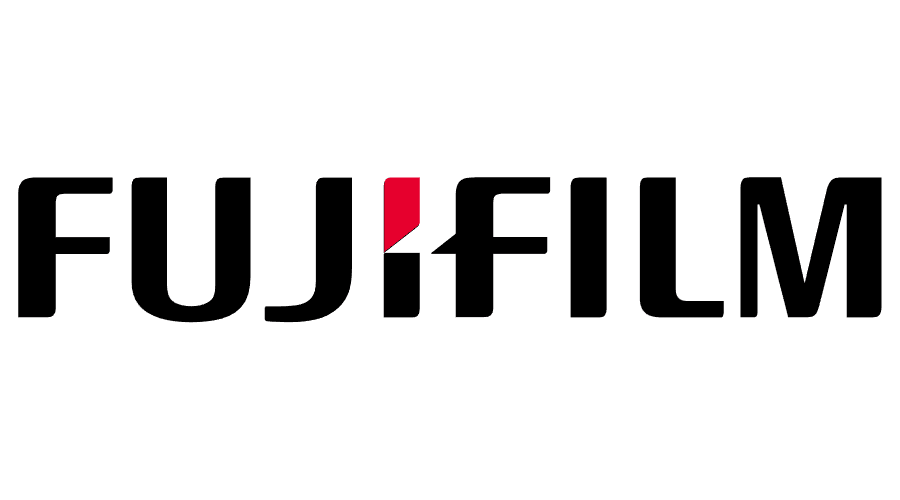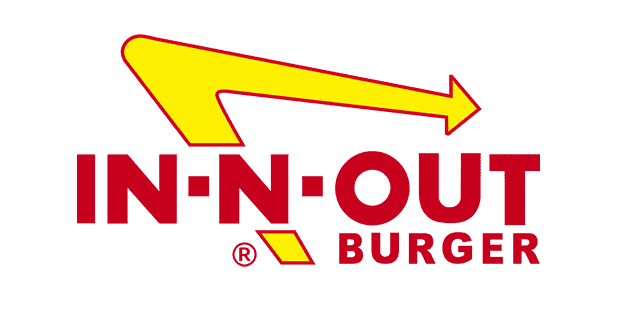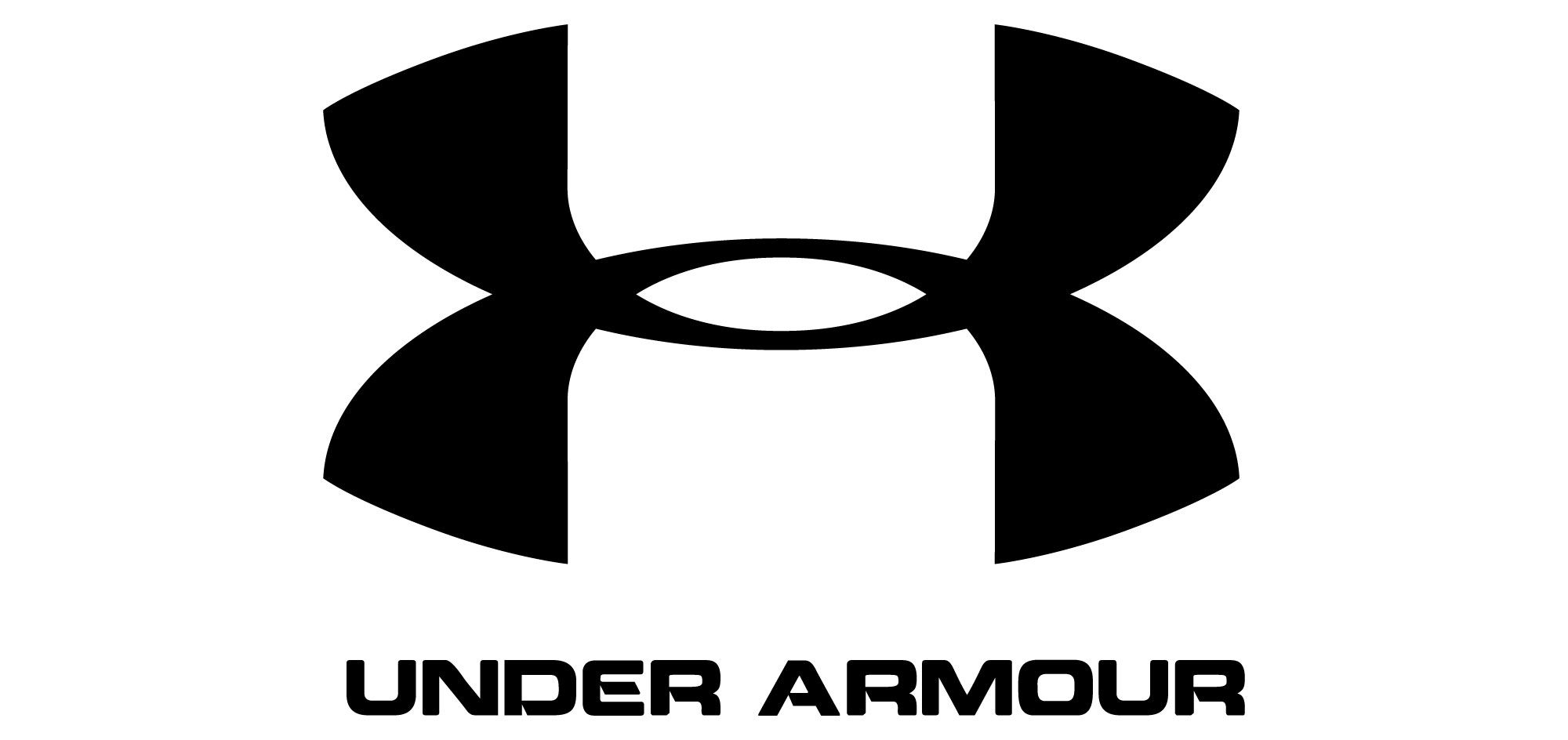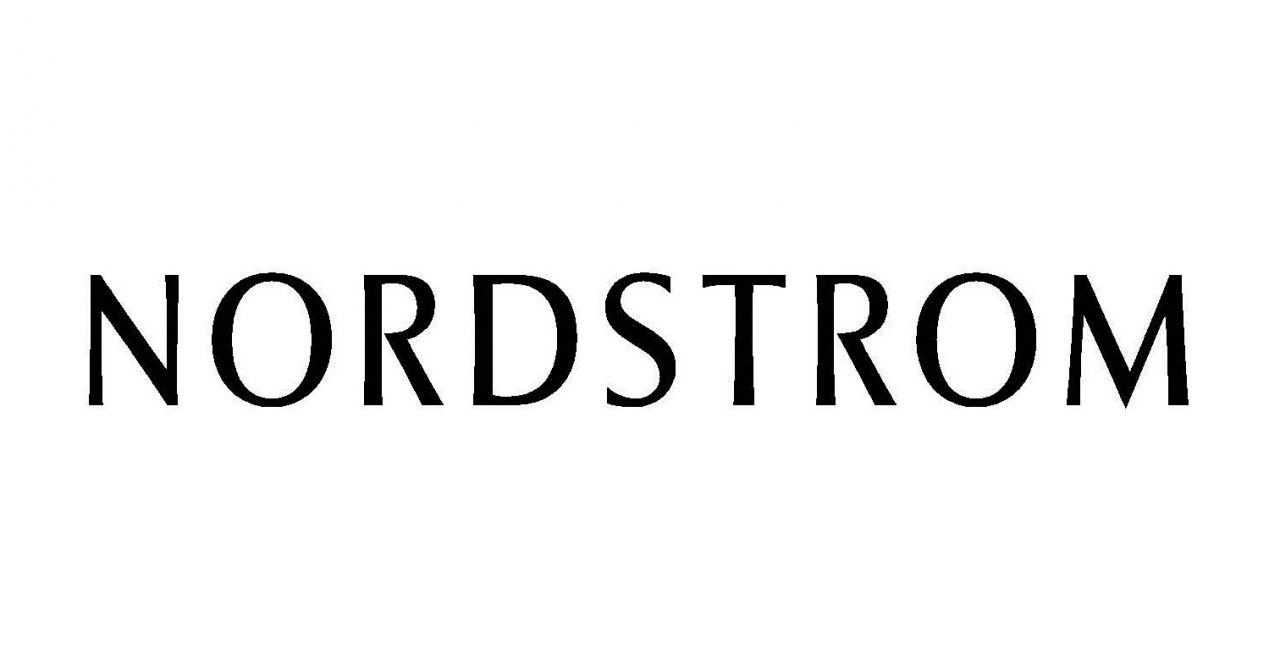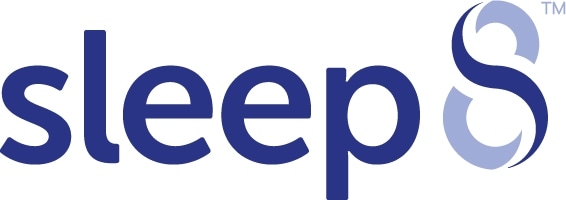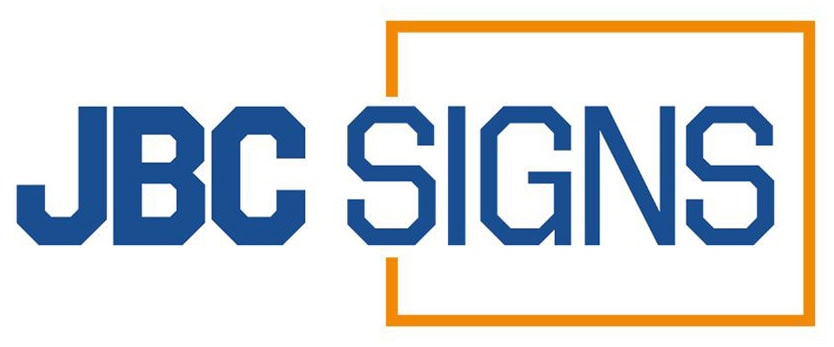Key Takeaways:
- Material Composition and Clarity: Acrylic brochure holders are known for their high gloss finish and superior clarity, making them ideal for display purposes. Polycarbonate holders, while also clear, may have a slight tint and are less glossy.
- Durability and Impact Resistance: Polycarbonate brochure holders offer exceptional durability and impact resistance, making them suitable for high-traffic areas where the holder might be subjected to rough handling. Acrylic holders, although sturdy, are more rigid and can crack or chip under impact.
- Scratch Resistance: Acrylic is more resistant to scratches compared to polycarbonate. While polycarbonate is tougher in terms of impact resistance, it is more prone to surface scratches, which cannot be easily polished out. In contrast, minor scratches on acrylic can often be polished away, maintaining its clear appearance.
- Flexibility and Formability: Polycarbonate is more flexible than acrylic, allowing it to withstand temperature changes without breaking and to be cold-formed without heating. Acrylic, being more rigid, requires heating to be formed into various shapes but maintains its clarity and strength post-formation.
- UV Resistance and Outdoor Use: Acrylic has inherent UV resistance, making it suitable for outdoor use without significant degradation over time. Polycarbonate, however, may require additional UV-resistant coatings to prevent yellowing and material breakdown when exposed to sunlight for extended periods.
Acrylic and Polycarbonate are two of the most frequently used transparent plastics, and a common misconception is that these materials are the same. While they share many similar characteristics, there are distinct differences between the two materials as well.
Understanding those differences will help you evaluate what is best suited for your next brochure holder project.
Acrylic and polycarbonate are two of the most common transparent plastics used in displays, retail fixtures, and other applications where transparency is essential. So, you are looking for an acrylic brochure holder? We suppose it’s fair to say that they come in different shapes and sizes.
The question is, what is the difference between acrylic and polycarbonate brochure holders? Keep reading our guide below to find out.
Similarities
During Manufacturing
Polymerization in the manufacture of acrylic and polycarbonate is generally a chain reaction that takes place in a solution of monomer(s) and catalyst under conditions of elevated temperature and pressure.
Polymerization begins with the formation of the first active center and propagation and
- Initiation: Formation of the first active center
- Propagation: Propagation and chain transfer and the generation and termination of active centers
- Termination: Radical recombination, disproportionation, chain transfer reactions, addition of active centers to terminate initiated chains
- Chain branching: Addition reactions or chain-transfer reactions that form polymers with branches
- Polymer recovery: The separation through denaturation or solvation by another solvent, precipitation, extraction, centrifugation
Strength and Durability
Safe, bendable, impact-resistant, and crystal clear. Despite their low weight, Polycarbonate and Acrylic are twice as strong as glass. Curved edges are virtually unbreakable by nicks, and scratches are less likely to occur.
Both are half the weight of glass yet 250 times more impact resistant. Furthermore, acrylic is much more scratch-resistant than glass.
Price
Polycarbonate is a more expensive material than Acrylic, but for a good reason. Both materials have differences, advantages, and disadvantages.
Acrylic Sneeze Guards
Permanently replace glass as your preferred brochure holder for signage applications. Meet or exceed the properties of glass, using acrylic as a direct replacement. With proper selection and processing, acrylic sheets can be bent to fit any shape.
Acrylic plastic exhibits the clarity of glass, but at half the weight and many times the impact resistance. It has strong chemical resistance, is easily thermoformed, bonds well to adhesives and resins by way of solvent welding, and can be fabricated and welded by most methods used for thermoplastics.
Acrylic’s high stiffness, good insulation value, excellent cold-formability, and durability make it ideal for a wide range of signage applications.
Manufacturing Process
The acrylic sheet is formed by pouring the liquid monomer (methyl methacrylate) and the catalyst (organic peroxide) into the mold and heating it to polymerization temperature.
The forming of acrylic sheets may be accomplished in several ways, including pressure casting with molds, blow molding with long molds, and extrusion of a film from a coextrusion die.
The resulting plastic sheet may then be further processed by cutting it into the desired shape, drilling holes for applications such as lights, or may be used as a finished product due to its many desirable properties.
Qualities
Acrylic is a relatively new way for presenters to add that extra sparkle and flash to their presentation. You will be able to add more visual details to your business presentations by including some acrylic brochure holders on your table.
Acrylic can catch the light from several angles and both sides, thus creating a design that looks as if it radiates from within.
It also has an extremely low friction coefficient. This means that when two pieces are bonded together with glue, the glue will adhere at the molecular level without any gaps between the pieces. This quality is called better glue bonding, and it is why you will never see any separation or peeling when instances of acrylic plastic are bonded together.
Below is a quick list of the pros and cons of acrylic plastic:
Pros
- It is a versatile material that can be fabricated into a variety of shapes.
- It is possible to create lighter-weight products with the same durability as comparably sized polycarbonate parts
- It can be polished, and both of these edges can be cut again and polished to a high shine
- It has the appearance of glass without the weight
- It is expensive than polycarbonate by as much as 35%, but they still offer the same advantages
- It is dimensionally stable so there is no need to worry about “bents” or molding flats.
- It does not have a plastic smell associated with some polycarbonates and is 100% free of BPA, phthalates, and other toxins
Cons
- It is a more rigid plastic than polycarbonate. Rigidity makes the material heavier and less malleable than polycarbonate.
- It tends to crack easier than PLE, so do not drill acrylic plastic with speed, and drive screws slowly. Acrylic is also brittle, so it may break if the piece is dropped or hit (unless it’s an extremely thick piece).
- It is more likely to chip if dropped or handled roughly.
- It should not be exposed to heat above 120° F since it doesn’t conduct heat well and can become brittle
Polycarbonate Brochure Holder (PLE)
Polycarbonate is a synthetic transparent resin, made from a mixture of Bisphenol A and Carbon Dioxide. Polycarbonate is a remarkable material, naturally transparent and strong, making it nearly unbreakable.
Polycarbonate is an amorphous thermoplastic polymer resin that contains carbonate groups in the backbone. Because of this carbonate polymers are highly resistant to heat, chemical solvents, weathering, high temperatures, and mechanical impact.
Polycarbonate is a semi-crystalline thermoplastic, meaning it softens on the heating before shaping and hardens when cooled.
Manufacturing Process
Polycarbonate is a thermoplastic, unlike other thermosetting plastics. This means it can be remelted and reused as desired. Naturally, it calls for a meticulous step-by-step process of quality control and safety measures, to ensure the material would fit brochure holders.
The polycarbonate manufacturing process is a multistep procedure. it must begin with purified polycarbonate pellets, which are made from post-consumer plastic products.
Polycarbonate is produced by placing “raw resin” (the chemical name for polycarbonate is “bisphenol A carbonate”) into an extruder and heating it until it melts.
While the resin is still molten, the extruder’s plunger pumps the melted material into a die that shapes it into sheets or rods of various sizes and thicknesses. The product is cooled and collected as it exits the end of the extruder die.
Qualities
While shoppers of today want more of a tactile experience with the products they buy, one thing that’s still true is our desire to get more of a deal. Polycarbonate brochure holders are known for their multi-functionality and great price.
Below is a quick list of the pros and cons of polycarbonate plastic:
Pros
- It is durable, lightweight, and stronger than acrylic
- It can be molded or shaped at room temperature
- It is strong and rigid, can be exposed to high temperatures, and is non-flammable
- It is highly resistant to chemicals, oils, cleaners, and scratches.
- It can be drilled, cut, broken, and mended without cracking or shattering
Cons
- It is expensive
- It is crucial to note that due to their construction, these brochure holders cannot be polished or painted
- It can easily be scratched or dented by heavy objects
Secure Your Brochures Today
Make a great first impression with our brochure holders. Our products are perfect for conventions, trade shows, product demonstrations, company events, and other large gatherings.
The brochure holders displays feature a slot for a standard business card, allowing the customer to see the name of your business while still being protected from rain or splashes.Design the perfect presentation with Displays and Holders. You can use these products to brand your event, enhance sales, or build brand awareness. We make it easy to secure your brochure holders, so contact us today!
FAQs
1. What is the main difference between acrylic and polycarbonate brochure holders?
Acrylic brochure holders are known for their crystal-clear appearance and cost-effectiveness, making them ideal for standard indoor use. Polycarbonate brochure holders, on the other hand, offer superior durability and impact resistance, making them suitable for high-traffic areas or outdoor displays.
2. Which material is better for outdoor brochure holders: acrylic or polycarbonate?
Polycarbonate is the better choice for outdoor brochure holders due to its high impact resistance and durability. It can withstand harsh weather conditions, making it ideal for exterior use. Acrylic, while visually appealing, is more prone to cracking under extreme conditions.
3. Are polycarbonate brochure holders more expensive than acrylic ones?
Yes, polycarbonate brochure holders are typically more expensive than acrylic ones. This is due to their enhanced strength and durability, which offer greater longevity and resistance to damage, making them a worthwhile investment for high-traffic or outdoor areas.
4. Can acrylic brochure holders handle heavy or bulky materials?
Acrylic brochure holders are best suited for lightweight materials such as pamphlets or brochures. They may not be ideal for holding heavy or bulky items, as they can be more prone to cracking under pressure compared to polycarbonate holders.
5. Why should I choose polycarbonate brochure holders for high-traffic areas?
Polycarbonate brochure holders are highly resistant to impacts and can withstand frequent handling, making them perfect for high-traffic areas. Their durability ensures that they maintain their shape and appearance, even with constant use, reducing the need for frequent replacements.

